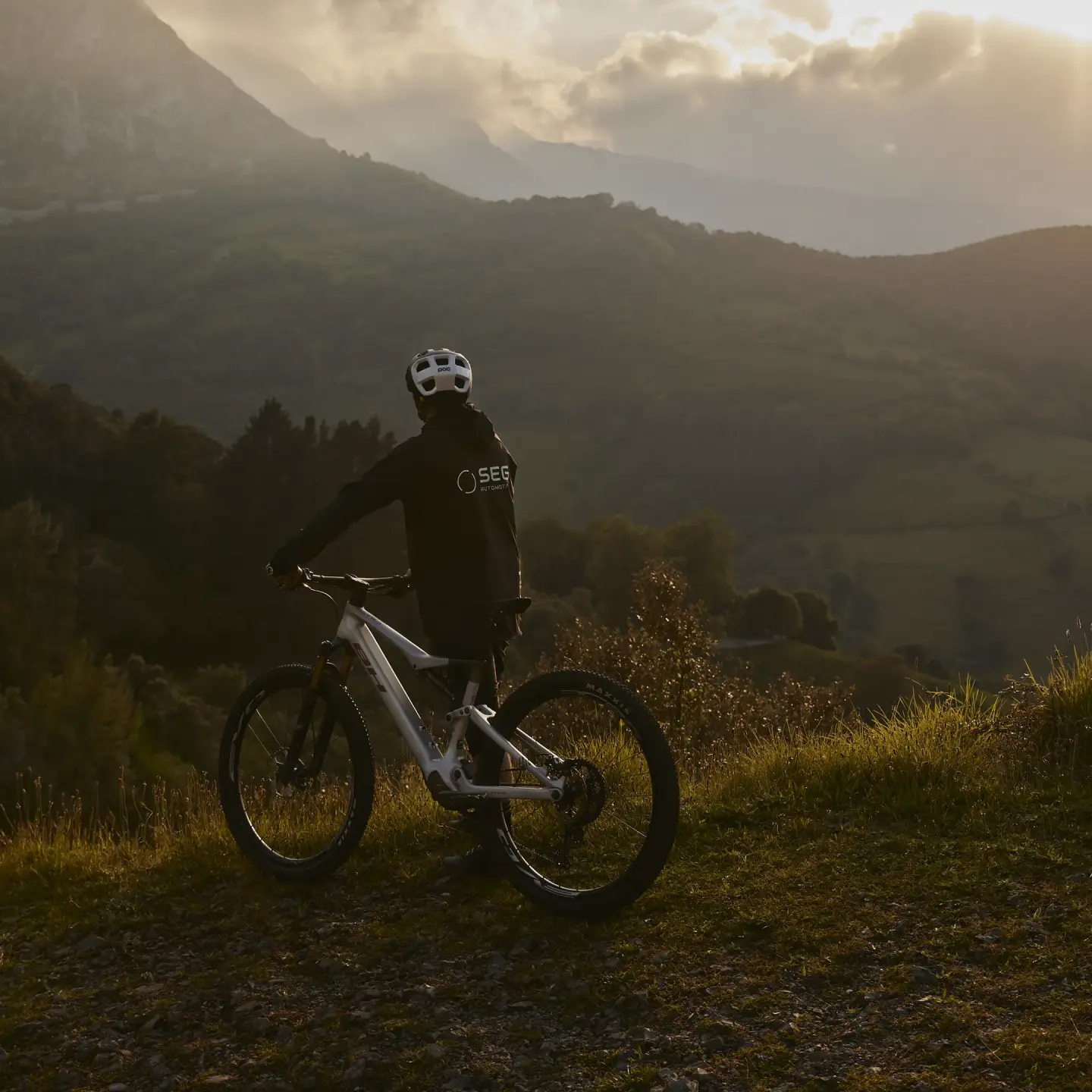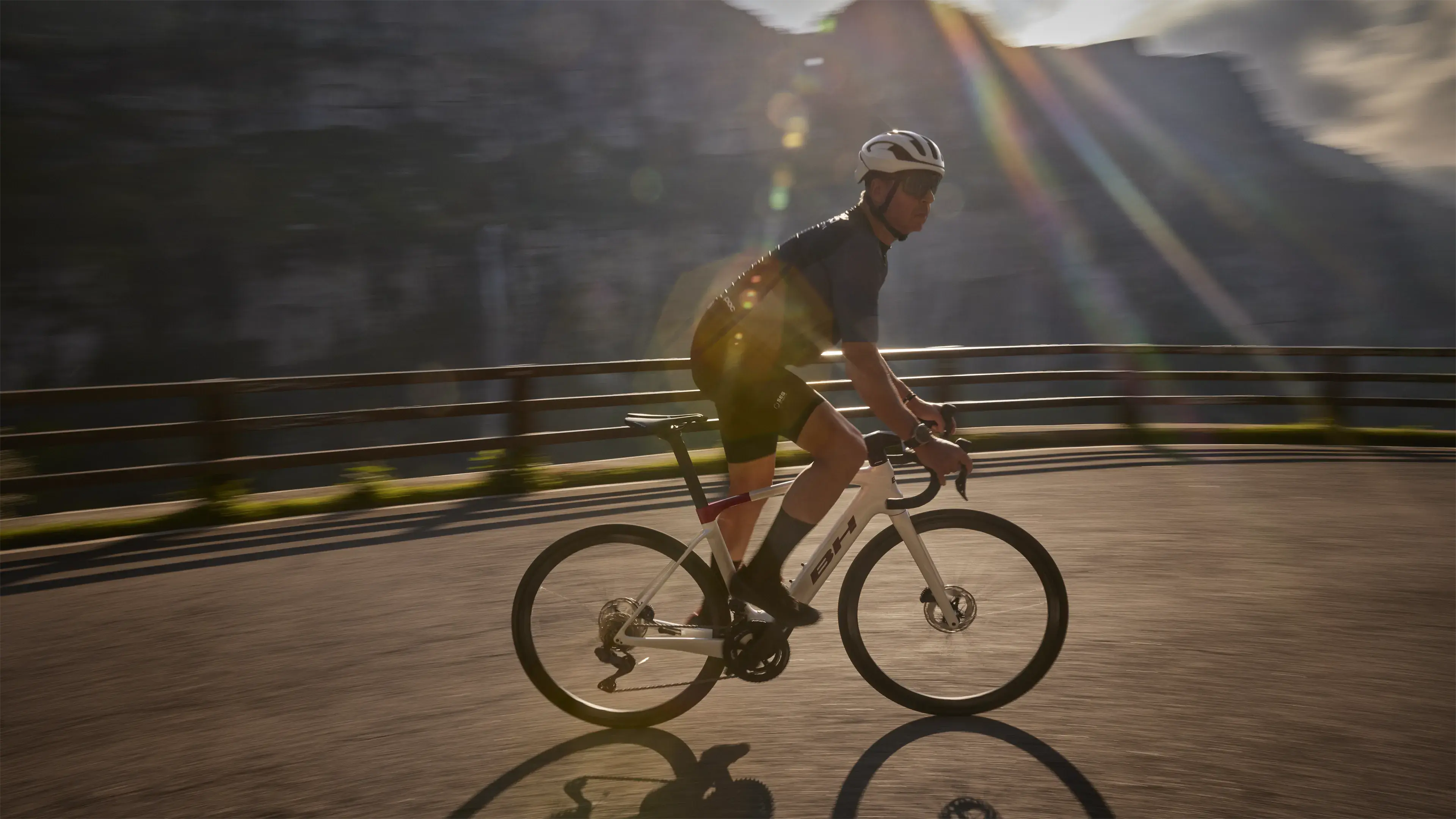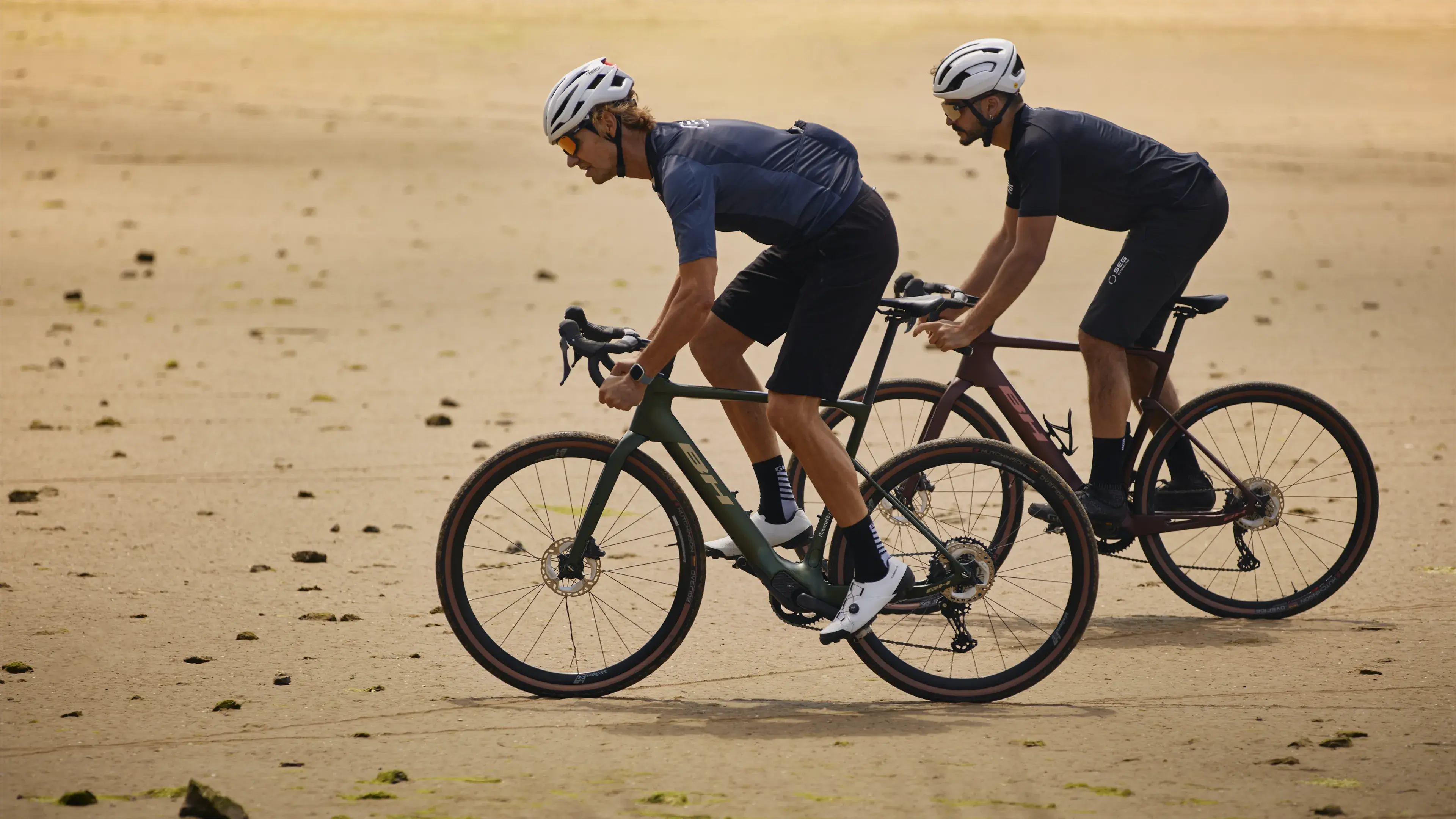Introduction to eBike
What counts as an eBike?
The term eBike can mean different things depending on where you are. Here’s what it usually includes:
- Pedelecs (common in the EU): Pedal-assist bikes with a 25 km/h cap and 250W motor. These are treated like regular bikes in most countries.
- S-Pedelecs / Speed Pedelecs: Assist up to 45 km/h. Often require helmets, registration, or even a license.
- Throttle-based eBikes: Popular in the U.S. and parts of Asia. These can run without pedaling, like a scooter – and are more heavily regulated in many regions.
So when we say eBike here, we’re mostly talking about pedelecs – the most widely used and street-legal type worldwide.
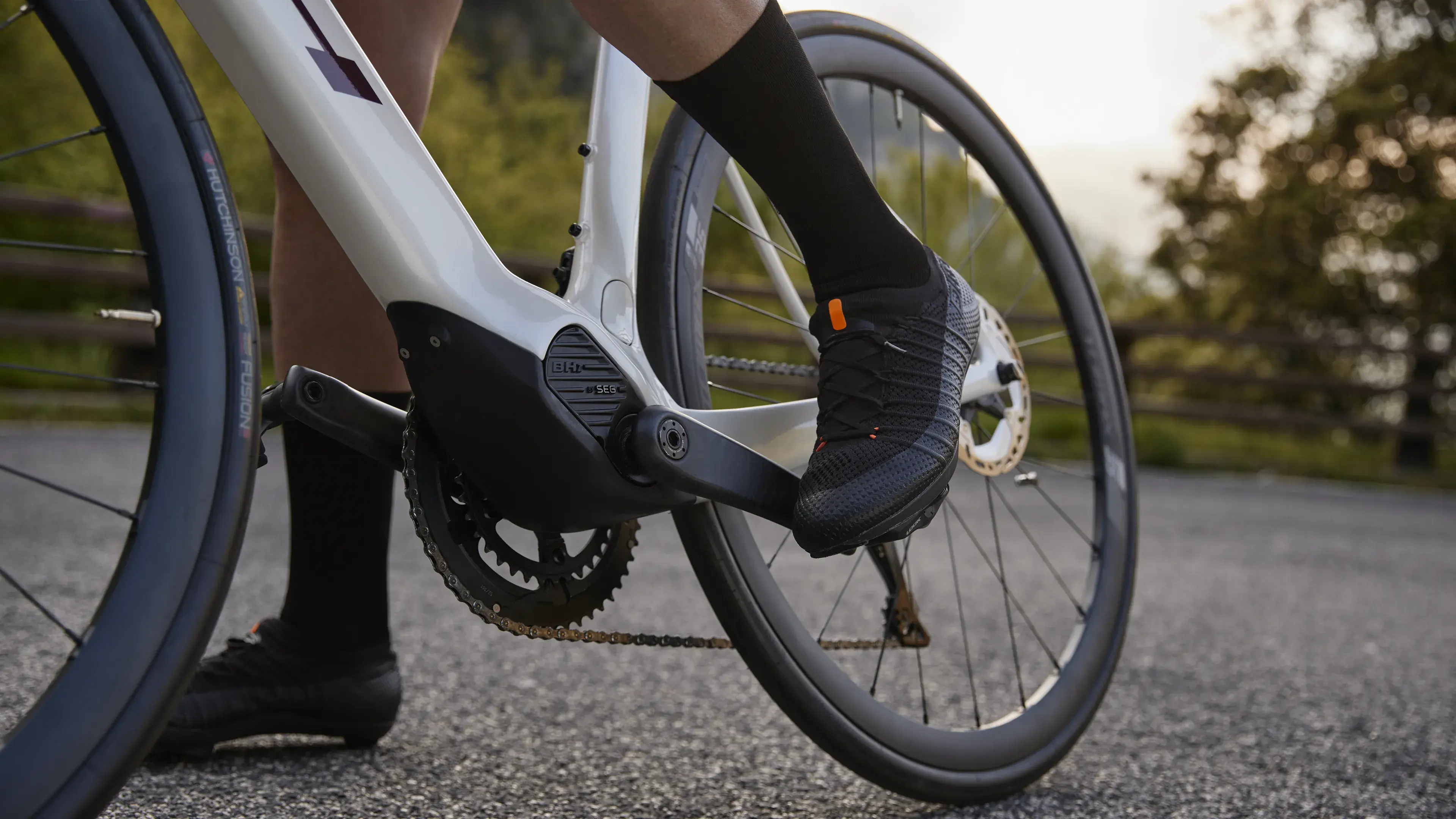
What is an eBike motor, and how does it work?
An eBike motor is the heart of an electric bicycle. It's the powerful little engine that helps you ride farther, faster, and with less effort. While traditional bicycles rely solely on pedaling, an eBike motor boosts your effort through pedal assist or even powers the bike entirely with a throttle-based system. This means you can tackle tough hills, longer distances, or just cruise around with less strain.
The motor is powered by a battery that converts electrical energy into mechanical movement — giving you that extra push when you need it. There are two main types of eBike motors: hub motors, which sit in the wheel hub, and mid-drive motors, which are mounted near the crank. Each delivers power in its own way — and that makes a noticeable difference in how the bike feels to ride, how efficient it is, and what kind of terrain it’s best suited for.
Why are eBikes becoming so popular?
eBikes are rapidly gaining popularity, and for good reason. They're an eco-friendly alternative to cars, they offer an affordable way to travel without breaking a sweat, and they’re just fun! eBikes give riders more freedom – whether it’s bypassing traffic, conquering steep hills, or just cruising through the city with ease. eBikes are perfect for commuters, casual cyclists, and even weekend warriors who want a little help on those longer rides.
On top of that, eBikes are just cool. They feel futuristic but are super practical, especially in cities where parking is difficult. They offer a simple way to reduce your carbon footprint, and let’s be honest, they’re just way more fun than being stuck in traffic.
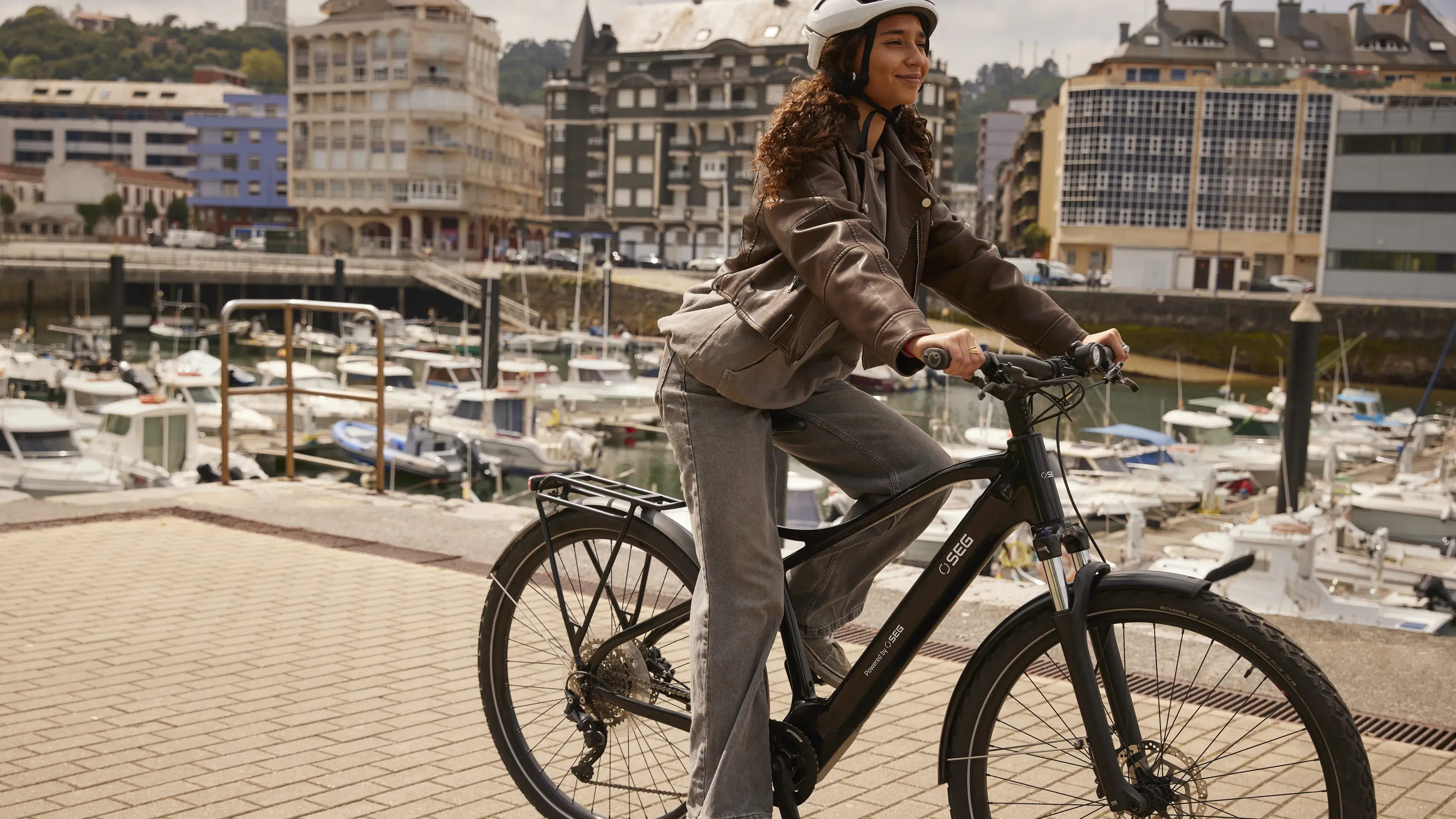
How do eBike motors contribute to sustainability?
eBike motors play a big role in promoting sustainable transportation. Because they run on electricity rather than gasoline, eBikes produce zero emissions during use.. Plus, they’re often charged using renewable energy sources, further reducing their environmental impact.
But it’s not just about emissions. eBikes also help reduce traffic congestion, making cities more livable and less polluted. By switching from a car to an eBike, you’re not only doing your part to help the environment, but you're also contributing to cleaner air and quieter, more pedestrian-friendly cities – and your own fitness. It’s a win-win situation.
The History of
When were eBikes invented?
eBikes have been around longer than you might think. The first prototypes date back to the late 19th century, with electric bicycles appearing in various forms as early as 1895. These early models, though rudimentary, marked the beginning of the idea that electric power could assist in human-powered motion.
The modern era of eBikes truly began in the 1990s, driven by advancements in battery technology and lightweight electric motors. The real turning point came with lithium-ion batteries, which replaced heavier lead-acid options and made eBikes lighter, more efficient, and capable of longer range. Around the same time, Japan and Europe pioneered pedal-assist (pedelec) systems, where the motor only kicks in when the rider pedals – creating a more natural riding experience. As cities looked for greener transport solutions and commuters wanted an easier ride, eBikes started gaining real momentum.
How has eBike motor technology evolved over time?
eBike motors have come a long way since those early designs. Initially, the focus was on making them small and lightweight, but as battery technology improved, so did the motor’s power and efficiency. Early motors were bulky and not very powerful, but with modern brushless DC motors and integrated systems, eBike motors are now more efficient, lightweight, and capable of providing more torque without draining the battery quickly. Today’s motors are quieter, more reliable, and offer smoother acceleration for riders.
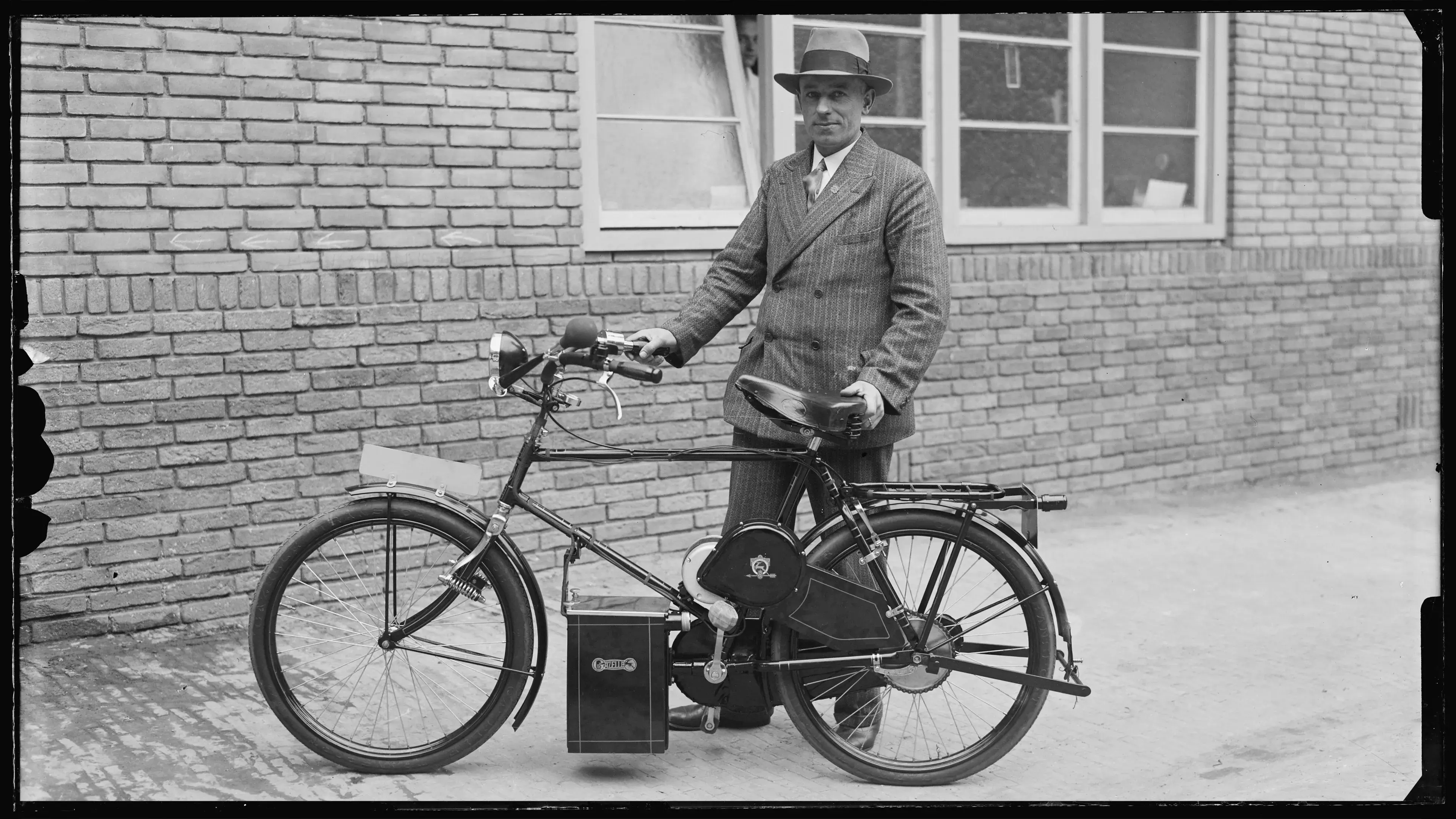
How many eBikes are there on and off the roads today?
eBikes are everywhere, with over 350 million in use worldwide. The two biggest markets? China and Germany. China leads with 250 million eBikes, selling around 30-40 million annually. The focus is on affordable models for everyday commuting. Meanwhile, Germany has well over 15 million eBikes, with annual sales of over 2 million. Both countries are driving the eBike revolution, but with distinct focuses: China for mass adoption and Germany for high-end performance and innovation.
How big is the share of eBike sales among total bike sales?
eBike sales have been growing quickly worldwide, fueled by increasing demand for sustainable transportation. In China, eBikes dominate, making up over 90% of total bike sales. In Europe, eBikes now represent more than 30% of all bike sales, with Germany leading at over 50%. In North America, eBikes are gaining momentum, accounting for around 15-20% of bike sales and showing significant annual growth.
How many different eBike models/OEMs are there?
Along with the eBike market the number of models and original equipment manufacturers (OEMs) is expanding rapidly. There are now thousands of eBike models from hundreds of brands ranging from large manufacturers to smaller, specialized companies. Whether you're looking for a mountain eBike, city commuter, or cargo bike, there’s a model to suit every need. The wide variety of choices can be a bit overwhelming (see herefor some advice on choosing the right motor), but it’s a great sign that the eBike market is maturing and offering options for all types of riders.
How eBike Powertrains
What are the key components of an eBike powertrain?
An eBike powertrain consists of several key components: the motor, the battery, the controller, and the sensor system. The motor is the muscle, the battery is the energy source, the controller acts as the brain, and the sensors (like torque and speed sensors) are the nerves that register and report how much assistance you need based on your effort. Together, they create a smooth, seamless riding experience that can feel like you’re floating over the road.
How does an eBike motor generate power?
An eBike motor generates power by converting electricity from the battery into mechanical energy. This can be broken down into multiple parallel processes:
- Electricity to Motion: When you start pedaling, electricity flows from the battery to the motor. This electricity generates a magnetic field that causes the motor’s internal components to rotate, converting electrical energy into mechanical power.
- Gear Engagement: As the motor spins, it turns the gears, which then help spin the wheels, giving you that extra boost to tackle various challenges like hills, headwinds, or long commutes.
- Power Control and Smart Regulation: The amount of power generated depends on your pedal assist level and the torque needed for your terrain. The controller automatically adjusts the motor’s output based on your pedaling input and riding conditions, ensuring smooth, responsive performance throughout your ride.
What is pedal assist, and how does it differ from a throttle-based system?
- Pedal assist – the system used in pedelecs – means the motor only provides power when you’re actually pedaling. It amplifies your effort, making riding easier and more efficient.
- A throttle-based system, on the other hand, is like a motorcycle or scooter: the motor is powered entirely by a throttle, without needing you to pedal at all.
Pedal assist offers more control and is more energy-efficient, while a throttle-based system is ideal for riders who want full control over the power without pedaling.
What is torque in eBike motors and why does it matter?
Torque is the rotational force that an eBike motor applies to the wheels, basically deciding how much power the motor can put out and how responsive it is. The higher the torque, measured in Newton-meters or Nm, the easier it is for the motor to push you forward. This is a different performance benchmark from the raw watt output of the motor.
While you control the pedal assist level, the controller adjusts the torque based on what's going on around you. So, whether you’re climbing a hill or cruising on flat roads, the motor automatically gives you just the right amount of power. Higher torque helps with those inclines, while lower torque keeps things smoother and more efficient on flatter, easier rides.
What is the role of sensors in eBike motors?
Sensors are the “eyes and ears” of the eBike motor, helping it understand how you’re riding. They track things like how hard you’re pedaling (thanks to torque sensors) and how fast you’re pedaling (that’s where the speed sensors come in).
This info is sent to the controller, which uses it to adjust the motor’s power output, ensuring you always get the right level of assistance. Whether you're cruising on a flat road or powering up a hill, the sensors make sure your ride feels natural and smooth, with just the right amount of power whenever you need it.
What are the different types of eBike motors?
eBike motors come in two main types: hub motors and mid-drive motors:
- Hub motors are located in either the front or rear wheel hub. These motors are simple, quiet, and require less maintenance since the motor doesn't interact with the bike's gears. They work best for flat terrain and commuting, as they provide consistent power without much effort from the rider.
- Mid-drive motors, on the other hand, are mounted at the bike's crankset and directly drive the bike’s chain. This allows for better power transfer, making them perfect for tackling steep hills and rough terrains. Since mid-drive motors work with the bike’s gears, they offer more efficiency and are typically preferred for mountain biking and off-road rides.
Think of it this way: hub motors are perfect for a leisurely ride around the city, while mid-drive motors are made for the adventurer who likes to climb hills and ride through dirt trails.
What are the advantages and disadvantages of hub motors?
Hub motors are a popular choice for many eBikers because of their simplicity and ease of use. They tend to be lighter, require less maintenance, and are less expensive. However, hub motors can struggle when you hit steep inclines or need to navigate through rough terrains since they don’t benefit from the gear system. This means you may have to exert more effort when going uphill, and you won't get the same smoothness as a mid-drive motor. But if you're mostly riding on flat terrain or just need a little boost for commuting, a hub motor can do the job just fine.
What are the benefits of mid-drive motors for eBikes?
Mid-drive motors offer better performance on challenging terrains, especially hills and mountain trails. Since these motors directly power the bike's gears, they make climbing more efficient and help conserve battery life. Additionally, they distribute weight more evenly, improving the bike's handling. However, they can be a bit more expensive and might require more maintenance due to their more complex system. But if you're after serious performance or plan on tackling rougher roads or trails, mid-drive motors are the way to go.
What type of battery do eBikes use?
Most eBikes are powered by lithium-ion (Li-ion) batteries. These are the same type of battery found in smartphones and laptops, known for their lightweight and high capacity. They’re more efficient and have a longer lifespan compared to older battery types, like lead-acid.
A typical eBike battery will last anywhere from 500 to 1,000 charge cycles, depending on the model and usage. They’re rechargeable and are typically located on the frame, though some models have removable batteries for easy charging.
How far can you ride on a single charge?
The range of an eBike largely depends on the battery capacity, riding style, and terrain. Typically, eBikes come with batteries ranging from 300Wh to 750Wh, which means on average, you can expect anywhere from 40 to 125kilometers on a single charge. If you’re cruising along flat roads with moderate pedal assist, you’ll be closer to the higher end of that range. But if you’re tackling steep hills or using a lot of throttle, the range may dip a bit.
And here’s the fun part: a lot depends on you! Your pedaling effort, how much you rely on the motor, and even the weather (wind, temperature) all play a role. So, while your battery may have a certain potential, how far you go is really in your hands – or legs!
How long does it take to charge an eBike battery?
Charging times for eBike batteries can vary, but typically it takes about 3 to 6 hours for a full charge, depending on the battery size and charger. So, if you're like most riders, you can just plug it in overnight and wake up to a fully charged bike the next morning. Some eBikes also have fast-charging options that can top up the battery in just a couple of hours, perfect if you’re in a rush to get back out on the road. And with proper care, you’ll keep that battery running strong for years to come!
How do riding & weather conditions affect battery range?
Riding conditions have a big impact on how far your battery will take you. If you’re cruising on flat terrain under mild weather, you’ll be able to get more range out of your charge. But if you're climbing up steep hills or battling windy conditions, the battery will drain faster. Your riding style also plays a role – high assistance levels or going full throttle will chew through your battery quicker. Don’t forget, things like tire pressure, total weight, and overall maintenance to ensure drivetrain efficiency also make a difference. To get the best range, try to avoid pushing the motor too hard on tough climbs, take advantage of any opportunity to coast when you can, or just go so hard that you don’t need the motor on the flats at all!
Other factors like tire pressure, total weight, and overall maintenance to ensure drivetrain efficiency also affect your range. For the best results, avoid maxing out the motor on tough climbs, take advantage of coasting when possible, or if you’re feeling extra strong, just ride hard enough on the flats that you don’t need the motor at all!
Do you need a licence to ride an eBike? And what motor wattage is legal for eBikes?
That depends on where you ride! Different countries have different rules when it comes to motor power and whether you need a license.
In most regions, pedelecs – eBikes with pedal assist, limited power, and a capped speed – are treated like regular bicycles: no license, registration, or insurance required.
But if the motor is more powerful or assists you at higher speeds, the bike may be classified as a moped or motorcycle, meaning extra regulations apply.
Here’s a quick breakdown:
- EU & UK – Standard pedelecs are capped at 250W and 25 km/h (15.5 mph) and require no license. So-called speed pedelecs assist up to 45 km/h and are treated like mopeds in most countries, requiring a helmet, insurance, and even number plates.
- USA – The U.S. uses a three-class system:
- Class 1: Pedal-assist only, top speed 20 mph
- Class 2: Throttle + pedal-assist, top speed 20 mph
- Class 3: Pedal-assist only, top speed 28 mph
Class 1 & 2 don’t require a license. Class 3 often requires helmets, may need registration, and is sometimes restricted from bike paths – depending on the state.
- Canada – 500W max, with a 32 km/h (20 mph) limit. No license needed unless it exceeds these specs.
- Australia & New Zealand – 250W max for pedal assist, but throttle-controlled eBikes can go up to 500W.
- China – Generally 400-500W max, with a 25 km/h (15.5 mph) limit, but rules vary by city.
- India – 250W max with a 25 km/h limit for license-free riding. Higher-spec models require registration and license.
So, if you're eyeing a high-powered eBike, check your local laws – and be ready for extra paperwork!
What is the top speed of an eBike motor?
eBikes can move fast — but most are built for efficiency, not racing. As explained in the previous question, there are limits of how much assistance an eBike may legally provide you.
That said, some high-performance models push well beyond these limits. For example, the Delfast Top 3.0 can reach speeds up to 50 mph (80 km/h), and modified or DIY eBikes have been known to exceed 100 km/h (62 mph). These speeds, however, are not street-legal in most places and are generally reserved for off-road or closed-course use.
How do I choose the best motor for my needs?
Choosing the right motor depends on your specific needs. If you're mostly commuting or doing city rides, a hub motor might be the best option due to its simplicity, low maintenance, and quiet operation. If you’re planning to ride on hilly terrains or mountain biking, a mid-drive motor is ideal as it offers more power and efficiency on inclines. For cargo eBikes, look for a motor with higher torque, which will make carrying heavy loads easier and help you navigate steeper inclines.
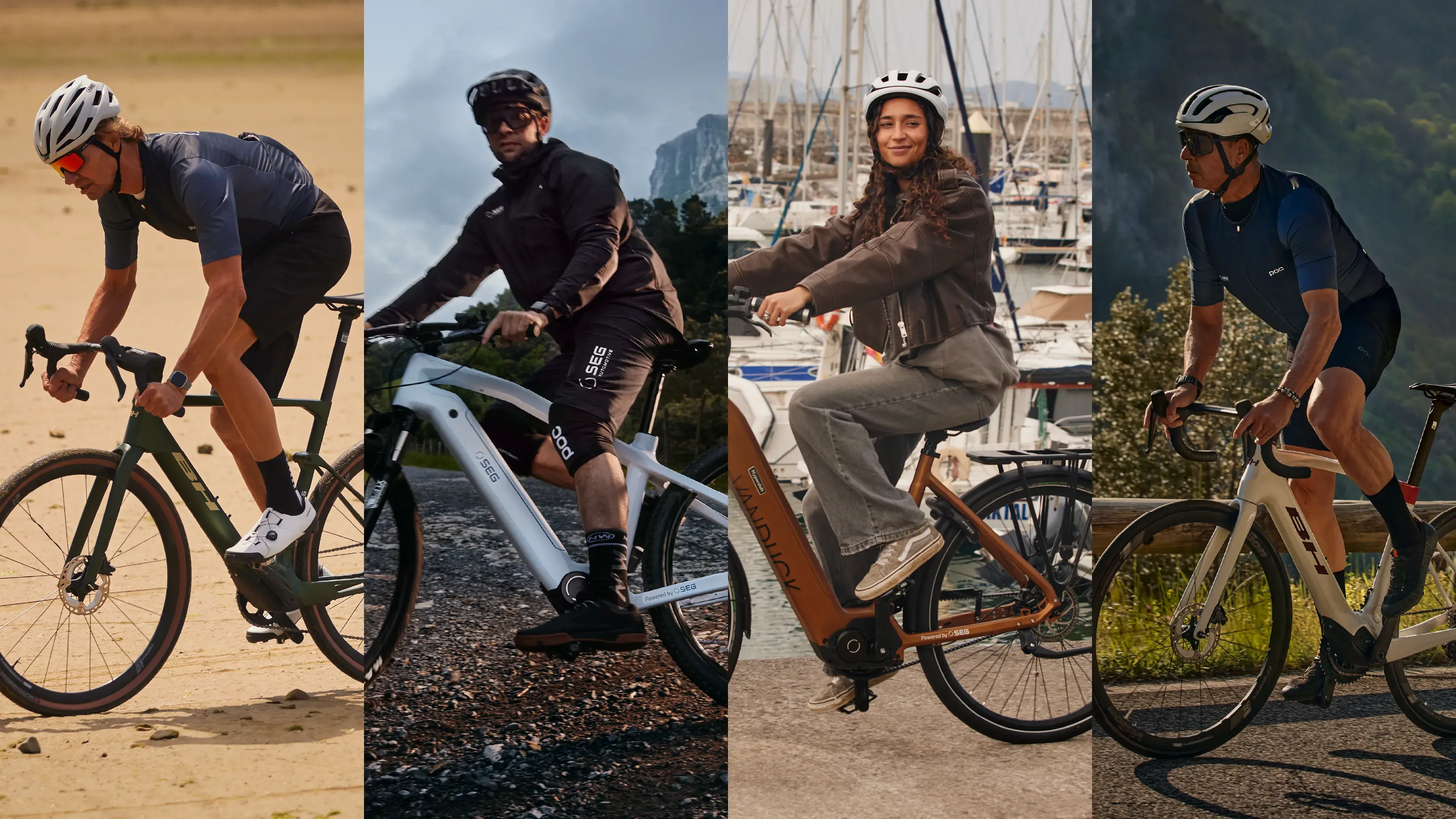
How much power do I need for hills and rough terrain?
When it comes to tackling hills and rough terrain, torque (measured in Newton-meters, Nm) matters at least as much as wattage. A high-wattage motor can provide more overall power, but without enough torque, climbing steep inclines can still be a challenge.
Here’s a general guideline:
- Flat terrain & city riding – 30-50 Nm is usually enough.
- Hilly commutes & moderate trails – 60-80 Nm provides a good balance of power and efficiency.
- Steep climbs & off-road trails – 85+ Nm is ideal for maximum climbing capability.
Mid-drive motors are the best option for hills and rough terrain because they work with the bike’s gears, improving efficiency and performance on steep inclines. Hub motors can handle moderate hills but generally provide less torque, making them less effective for demanding terrain.
If you’re planning on riding in tough conditions, focus on both motor wattage and torque to ensure your eBike has the power to handle the challenge.
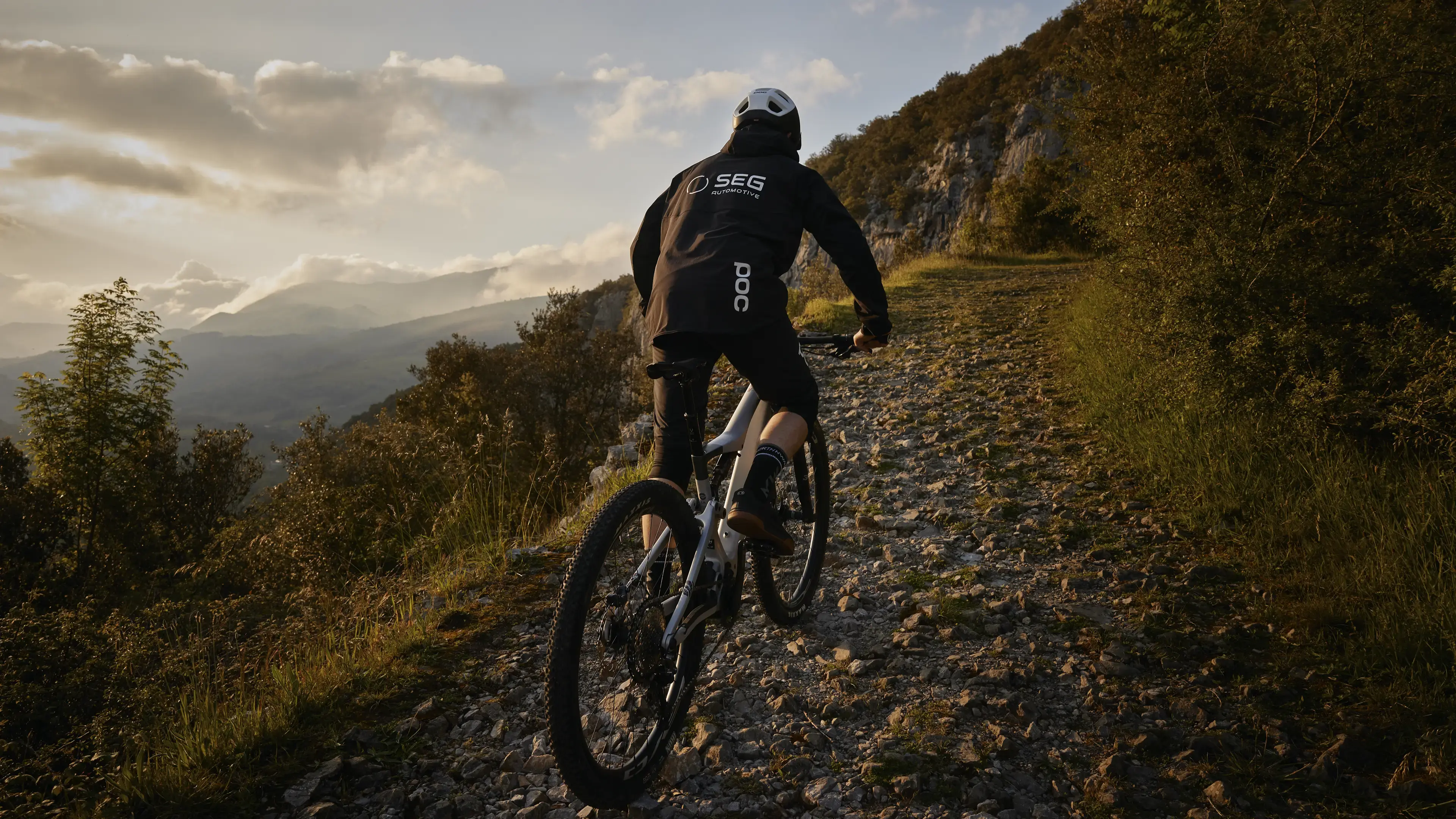
Are higher-wattage motors always better?
Charging times for eBike batteries can vary, but typically it takes about 3 to 6 hours for a full charge, depending on the battery size and charger. So, if you're like most riders, you can just plug it in overnight and wake up to a fully charged bike the next morning. Some eBikes also have fast-charging options that can top up the battery in just a couple of hours, perfect if you’re in a rush to get back out on the road. And with proper care, you’ll keep that battery running strong for years to come!
How much do eBike motors cost – and are more expensive models worth it?
eBike motors come in a wide price range, primarily driven by differences in features, quality, and durability.
- Budget motors can be fine for light, casual use but may not offer the long-term durability or consistent performance of higher-end models. Often sourced from manufacturers outside Europe, these are usually hub motors and most commonly used in budget eBikes.
- Mid-range motors offer a sweet spot between price and performance, offering solid reliability without the steep premium of the high-end models. Among these, you can find brands that invest in good R&D and manufacturing in Europe, providing excellent value & quality for what you’re paying.
- Premium motors provide superior quality and performance, at a cost. A great choice when price is not an issue, but keep in mind that you're paying a premium for the brand name and certain high-end features that might not be necessary for every rider.
In the end, it’s about what you need. Focus on the quality of the motor and whether it fits your style of riding, not just on a brand name.
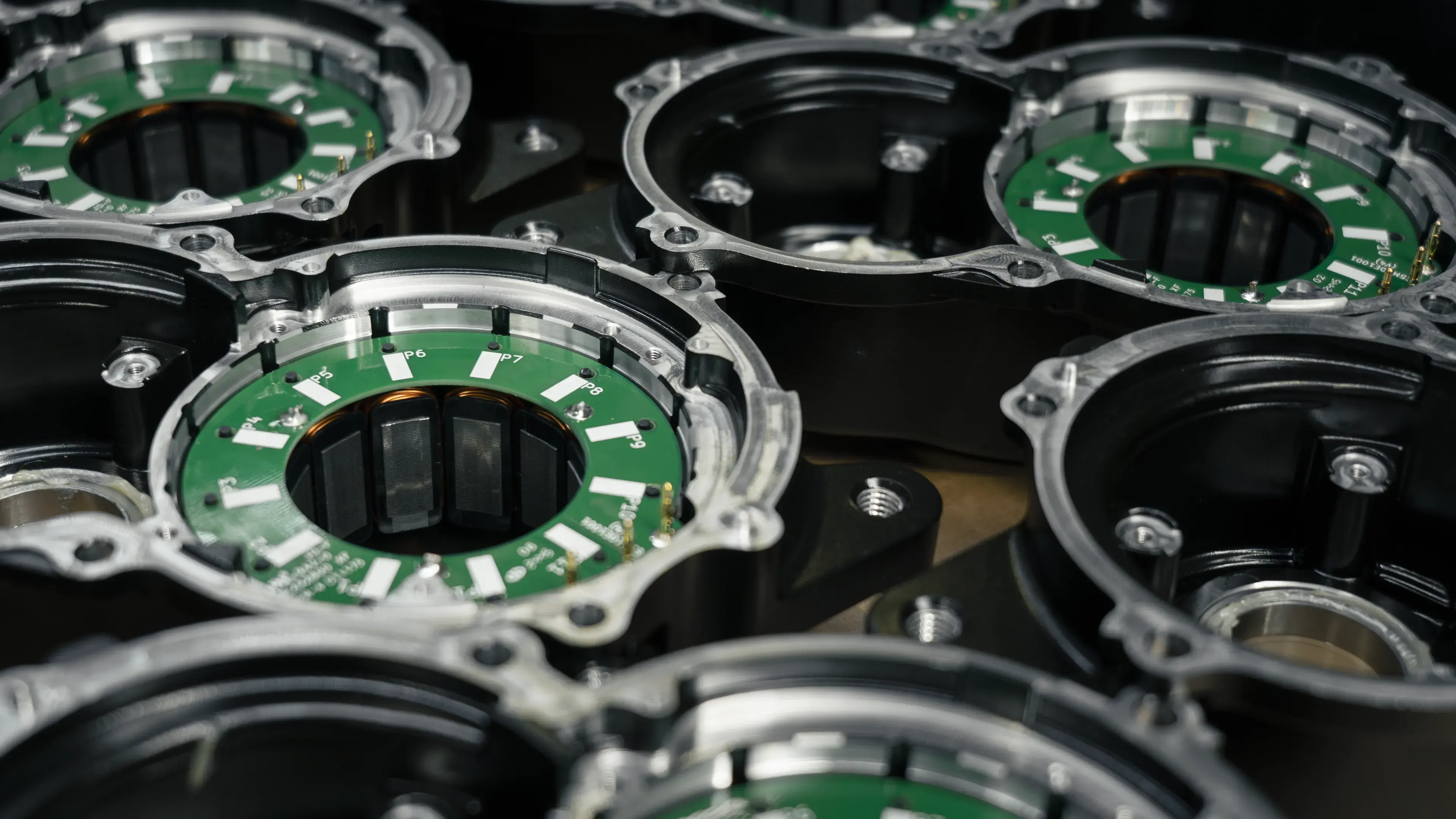
What Is the Lifespan of an eBike Motor?
With proper care, quality eBike motors can easily run for 10,000 to 20,000 kilometers. How long your motor lasts depends on how often you ride, the terrain you ride on, and how well you maintain it. If you regularly ride on rough terrain or carry heavy loads, your motor might wear out a little faster. But with a little TLC – like regular cleaning, checking for loose parts, and avoiding overheating – your motor should keep running smoothly for many years.
Are eBike Motors Safe to Use?
eBike motors are generally very safe to use, but like any piece of equipment, you need to handle them with care. Most modern motors come with built-in safety features like automatic cut-offs (to prevent overheating or overloading) and overcurrent protection to ensure that the motor doesn’t run too hard. Always make sure your bike is well-maintained, and don’t push it beyond its limits. If you’re buying a motor, check that it complies with relevant safety standards – especially if you're using it in wet conditions!
What Maintenance Does an eBike Motor Require?
Keeping your eBike motor in good shape isn’t complicated, but a little upkeep goes a long way. Make sure it stays clean – dirt and debris can sneak into the motor casing and cause problems over time. It’s also a good idea to check the wiring now and then to catch any fraying or loose connections before they become bigger issues.
Hub motors are pretty low-maintenance, but if you have a mid-drive motor, you’ll want to keep an eye on your chain and gears, since the motor puts extra strain on them. Regularly tightening bolts and making sure everything is secure helps prevent wear and tear.
And while DIY maintenance is great, getting a professional tune-up every now and then – say every 2.000 km – ensures your motor stays in top shape for the long run.
Can eBike Motors Be Repaired or Upgraded?
eBike motors can usually be repaired, but it’s not always a simple fix. If your motor stops working or starts making strange noises, a professional can diagnose the issue and hopefully get it running again. Some motors can also be upgraded with better parts or firmware updates, but DIY upgrades can be tricky – especially if your battery and controller aren’t built to handle extra power. If you’re looking for an upgrade, swapping out the motor for a higher-performance aftermarket option is sometimes possible, depending on your bike’s design. Just make sure any modifications stay within legal limits!
What Are Common eBike Motor Problems, and How Can I Fix Them?
Some common issues include strange noises (often caused by dirt or loose parts), power loss (which can be caused by a faulty battery or controller), and overheating (especially on higher-power motors). To fix these issues, start by cleaning the motor and checking for any obvious damage. If you hear grinding noises, it might be the gears or the bearings. Power loss can often be solved by checking the battery charge or replacing a faulty connector. Overheating can usually be prevented by ensuring proper cooling and avoiding long, high-speed runs in hot weather. If you're unsure, always consult a professional for repairs.
What Are the Latest Innovations in eBike Motors?
eBike motors are getting smarter and more efficient by the day. We’re seeing motors with better power management systems, allowing for smoother rides and better battery life. Innovations in integrated systems let motors communicate with the bike's controller for more seamless power delivery. Some motors are getting lighter and more powerful, with direct drive motors offering faster acceleration without sacrificing torque. Expect increased efficiency, better integration with smart devices, and even quieter motors in the near future.
Are Solid-State Batteries or Hydrogen Fuel Cells the Future of eBike Power?
Solid-state batteries are definitely something to watch. They promise higher energy density, meaning your bike could go much further on a single charge. Plus, they’re safer and more durable than traditional lithium-ion batteries. As for hydrogen fuel cells, they’re still a ways off for mainstream eBike use. While they offer great potential for long-range rides and quick refueling, they require more infrastructure and are still in the early stages of development. For now, solid-state batteries seem like the most likely future for eBike power!
